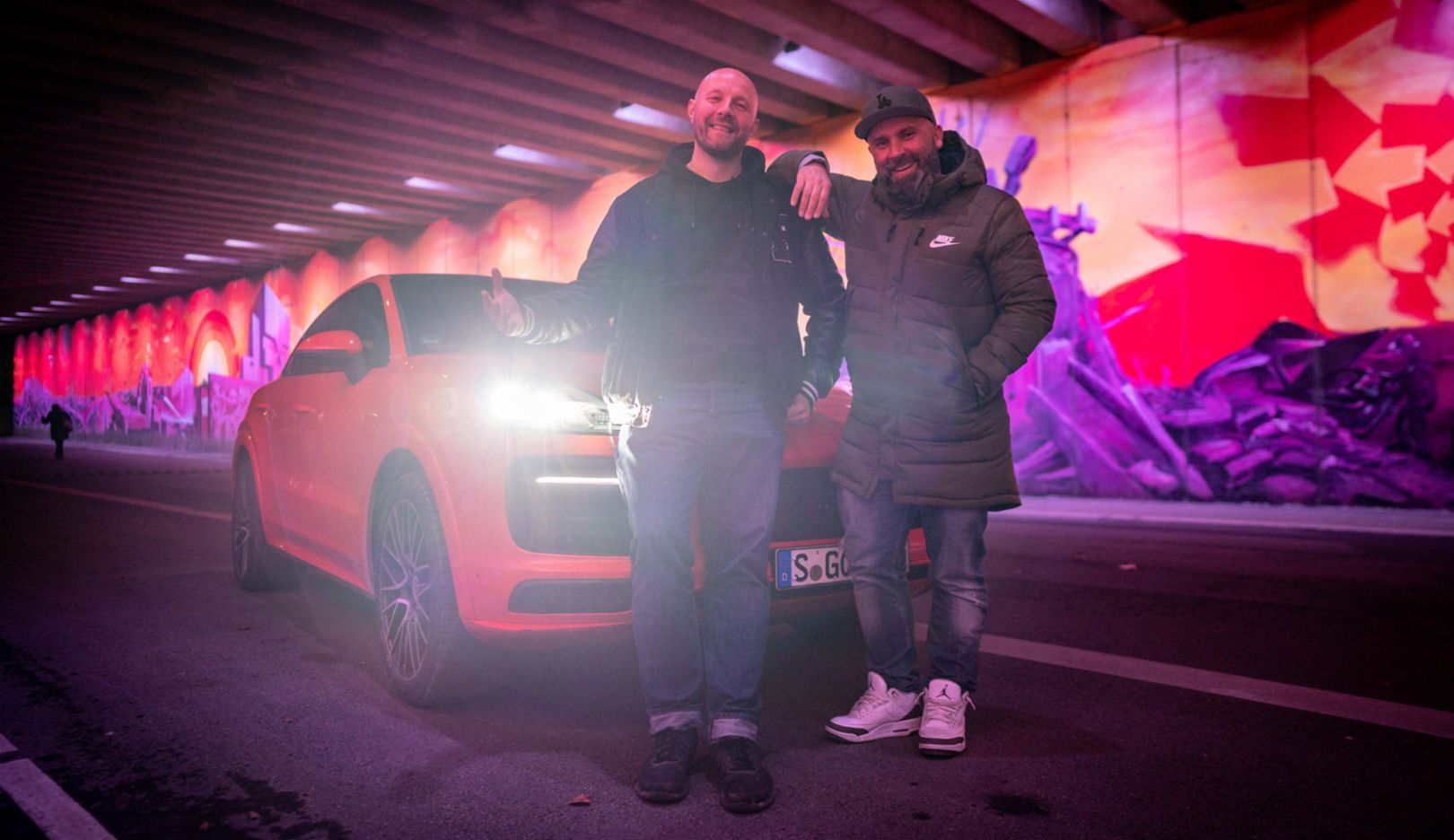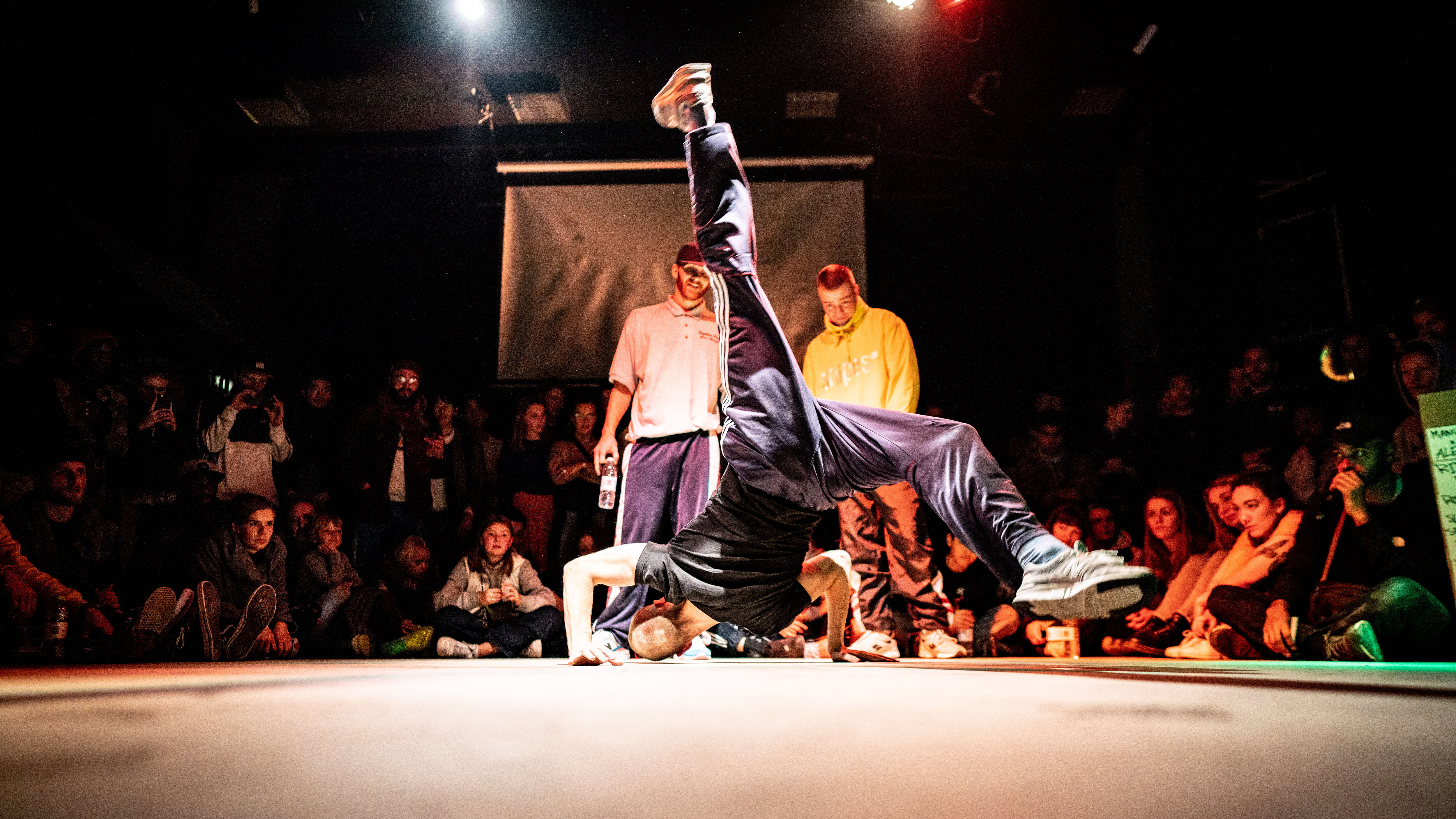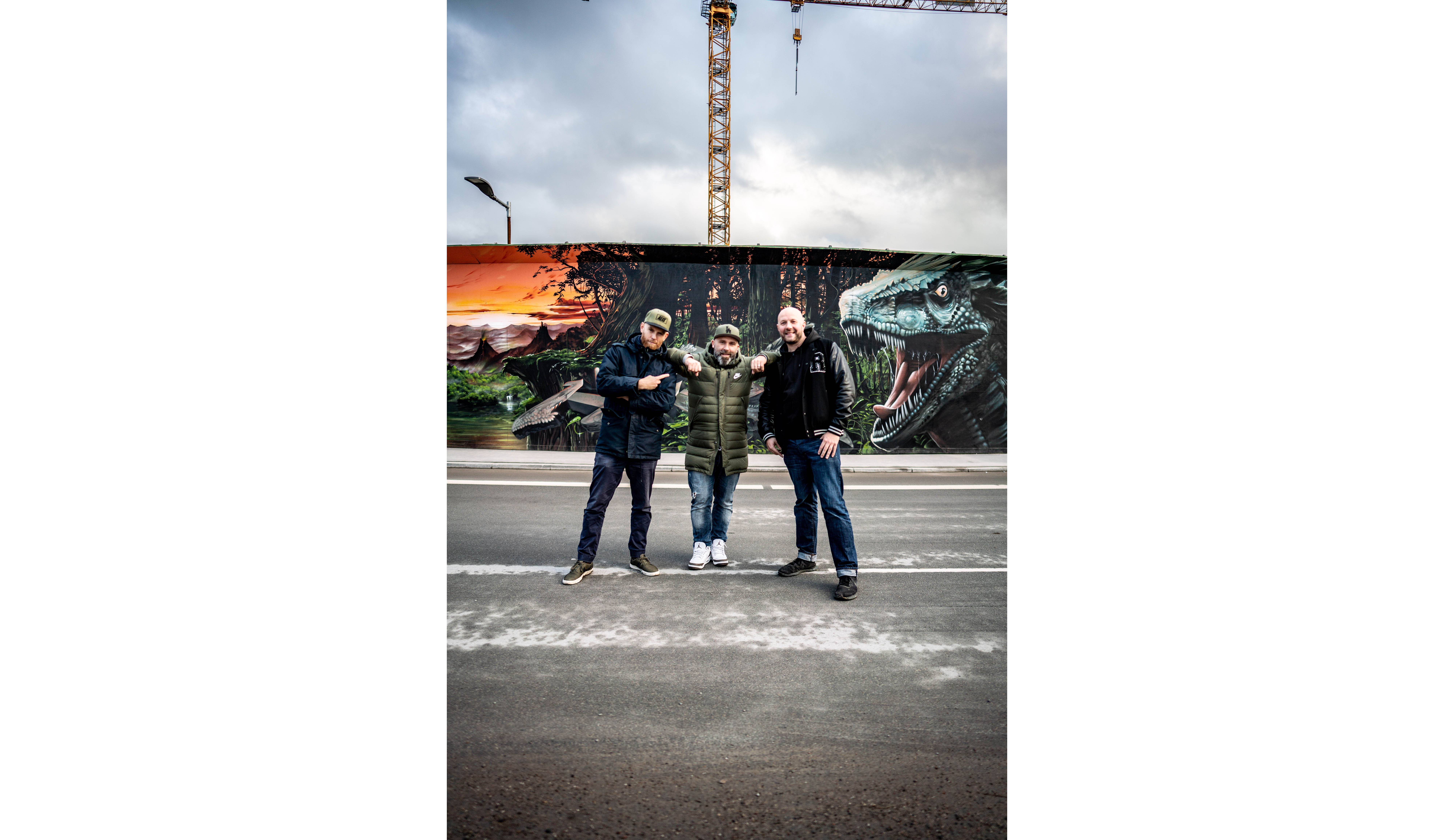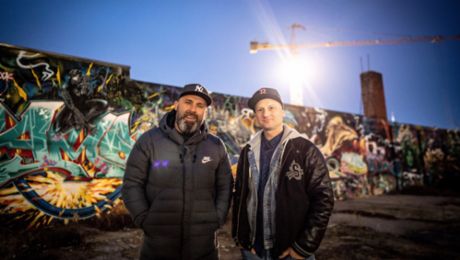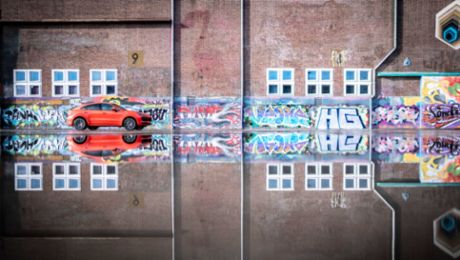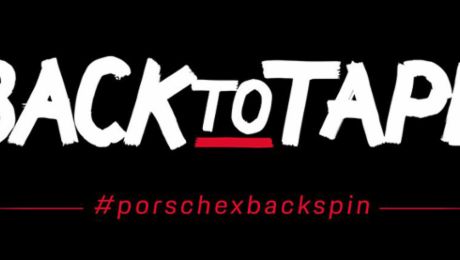The port and former merchant city of Copenhagen is considered one of the most expensive and at the same time most attractive metropolises in the world. In the annual rankings of the most livable cities on our planet, Copenhagen is always among the top 10. No wonder, after all, numerous green spaces, a high level of cleanliness, life on the waterfront and an extensive cultural programme characterise the Danish city.
But it is not only today that I learn about the influence of hip-hop on this place. Besides the streetfood market in Christianshavn, I have one main destination in Denmark: the free city of Christiania, an alternative residential area with dilapidated houses, galleries and venues for all kinds of music.
A symbol for open-mindedness and battles in the middle of the crowd
Since 1971 the autonomous district exists in a former military building complex. The residents live according to their own rules, quite legally with permission from the Danish government. You feel the mutual inspiration, the mutual respect - just like in hip-hop.
Dancer Sune Pejtersen likes to be here. "Christiania is the symbol of free thinking in Copenhagen and a real magnet, especially for young people. The hip-hop culture is extremely lively here, you can literally feel it pulsating," says Pejtersen, the Copenhagener by choice.
With Scotty76 in Stuttgart, B-Boy Delles in Hamburg and the initiative DeluxeKidz e.V. in "Back to Tape" in 2018, I have already shown examples of the eminently important part that breakdance has played in hip-hop culture for many years. Just like Michael "Mikel" Rosemann from the "Flying Steps", Sune Pejtersen feels most at home on this terrain. Just a few meters away from Christiania, the native of Flensburg regularly hosts the breakdance festival "Floor Wars".
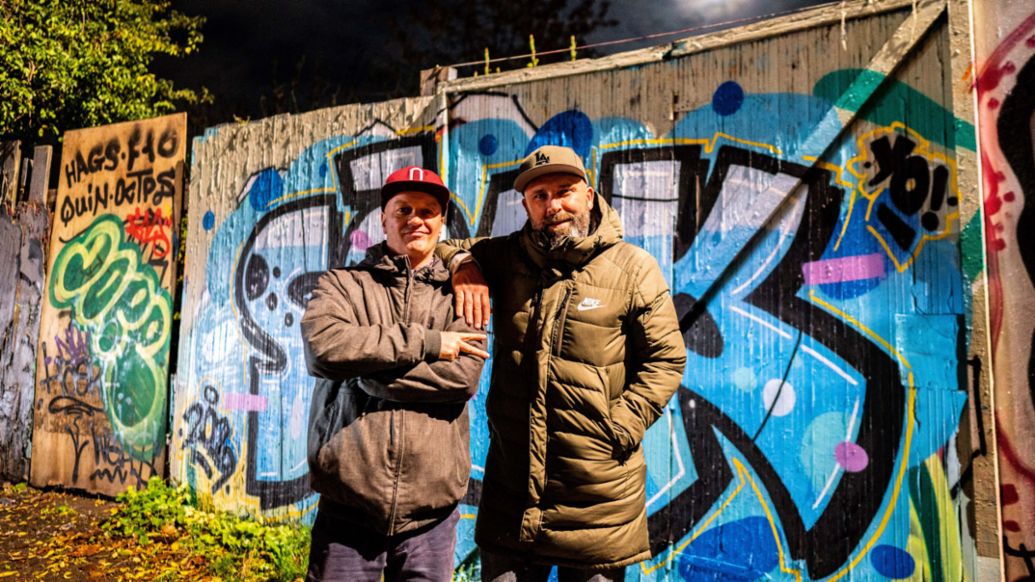
From B-Boys, for B-Boys
His declared goal: to create a big event that does not lose its original underground character. Since 2005, he has been creating this special atmosphere mainly by the fact that the Battles do not take place on a stage as usual, but on the floor in the middle of the crowd. "This proximity is very important in Floor Wars," he explains. For Sune Pejtersen, it is central that his series of events remains one that was made by B-Boys for B-Boys. "Floor Wars" is a place of exchange and thus reflects what this culture can mean: "Hip-hop contributes more to international understanding and unification than politicians ever could," Pejtersen thinks.
470 meters of impressive evolution
Lars Pedersen also has a great influence on the cityscape of Copenhagen. With the "Evolution Wall" he has had a lasting influence on the Danish capital. The history of evolution is impressively displayed on 470 meters of concrete. From the Big Bang to the present. As oversized graffiti. Officially commissioned by the city of Copenhagen, curated by Pedersen.
The works of the "Institute of Urban Art", founded by the hip-hop journalist and his colleague Peter Skensved, can be seen in more than 40 countries. But the concrete wall on his home ground is something special. "The city of Copenhagen gave us enough freedom to shape our interpretation of evolution - but it was a very special event. The length of 470 meters alone and the different nationalities of the artists were a challenge," Pedersen reports.
"Just try to coordinate six spraying free spirits from all over the world at the same time and let them work within a given framework." But Lars Pedersen has gained experience over many years. Today he curates graffiti and urban art at the Roskilde Festival. The four-day open air festival on the island of Zealand is one of the largest in Europe with up to 115,000 participants.
"Over the years I have built up a large network. I enjoy meeting people, talking to them and bringing them together when it's time," says Pedersen. "I've also often travelled to Germany, met many friends and colleagues - and yes, it all comes back. That inspires me." It is exactly this feeling that I feel again and again during my road trip throughout Europe: freedom and inspiration.
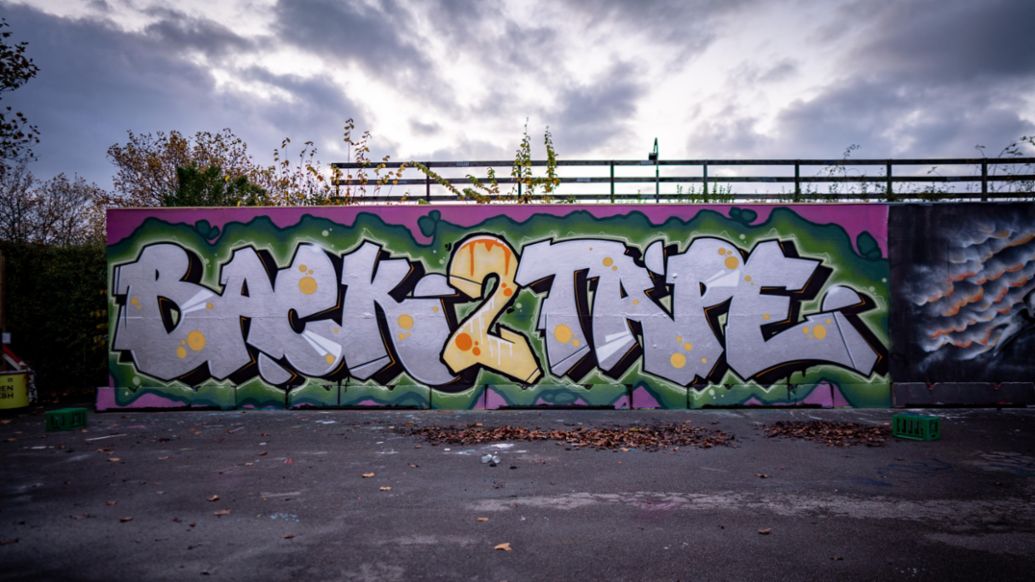
The story of a beat
Without question, Copenhagen is a surprising mecca for all those interested in hip-hop. I meet my last guests in Copenhagen at the very place where they started their career. In the middle of the street, equipped with a laptop and their own creativity. And a very special beat.
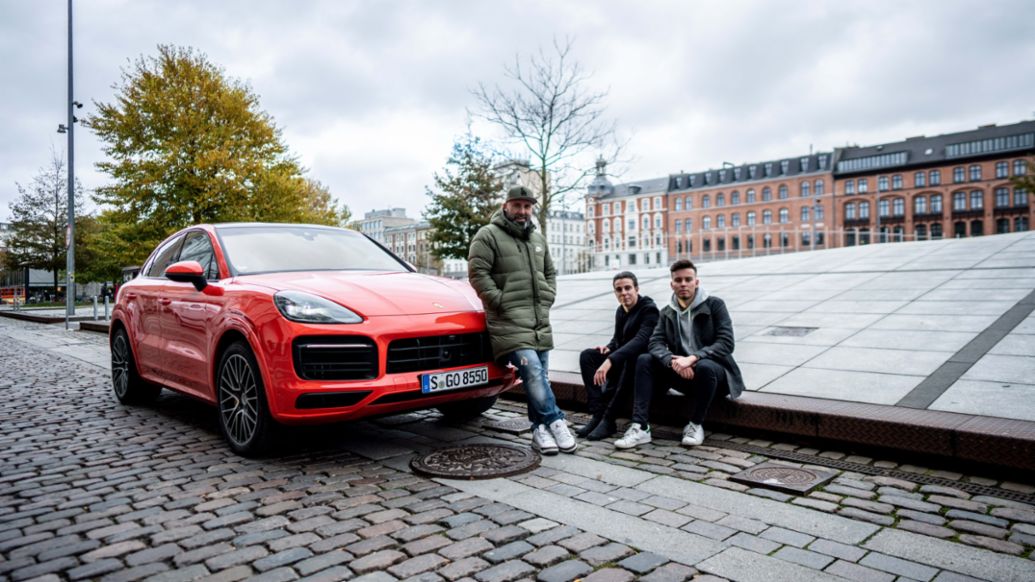
The brothers Mads and Mathias are "Gebuhr". The Copenhageners' hip-hop career began at the age of just 12, and at 14 the first danceable sound emerged from producer Mathias' computer. "For us, it was always about creating something that didn't exist before," says Mads.
The first singles followed in 2015, always influenced by global influences. The songs were almost American with their deep bass, the rap international and not at all typically European: Somewhere between fresh college hip-hop with good vibes and on the other side thoughtful, deliberately introverted melancholy. Their song "Sad Soul" has almost a million hits on Spotify, the foundation stone for the newcomers has been laid.
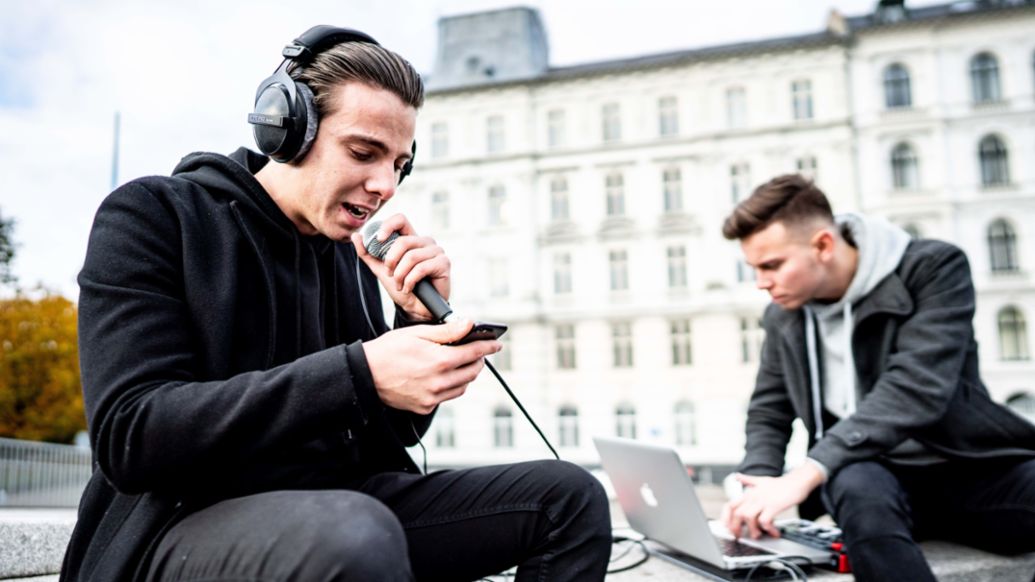
For the next beat, Mads and Mathias Gebuhr travel to Hollywood, produce in their hotel room, soak up the sound of California, reinvent themselves. And they bring this new beat back to Copenhagen - onto the streets. To a European Mecca of hip-hop.
Back 2 Tape
In 2018, music journalist Niko Hüls embarked on a journey to the roots of hip-hop in Germany in "Back to Tape". Now, he’s continuing his road trip across Europe in a Porsche Cayenne S Coupé. In cooperation with the hip-hop magazine Backspin.de, the Porsche Newsroom project "Back to Tape" sheds light on cultural influences through the four central elements of hip-hop: rap, DJing, breakdance and graffiti. In Part 1, Niko Hüls visits Berlin.
Official playlist of Back 2 Tape
Info
Text: Niko Hüls
Photos: Markus Schwer
